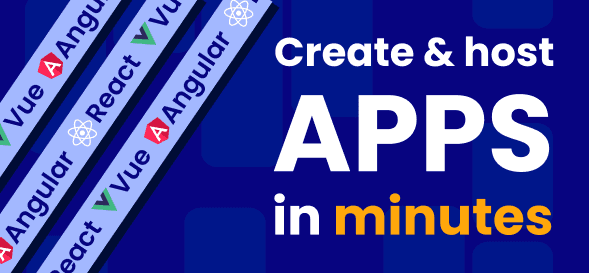
What is PostgreSQL?
March 17, 2022Introduction
Postgres (or PostgreSQL) is a powerful open-source relational database that supports both SQL (relational) and JSON (non-relational) querying. It was created by scientists from the University of California at Berkeley. It is a very stable object-oriented database management system. The PostgreSQL community has grown for over 20 years, contributing to its high stability, consistency, and correctness.
At first, PostgreSQL was called Ingres. Afterward, the creators introduced further improvements and expanded its functionality, and changed the name to Postgres95 and finally to PostgreSQL.
Postgres became the 1st choice for corporations performing complex and volumetric high-data operations because of their powerful core technology, featuring MVCC (Multivariant Parallelism Control), in which multiple readers and writers work simultaneously on the system. Postgres has an extraordinary ability to solve several problems concurrently and effectively. That is why business giants like Yahoo!, Apple, Meta, major telecommunication companies, and financial and government institutions keep using PostgreSQL.
Postgres supports multiple programming languages and protocols, such as Ruby, Python, .Net, C/C++, Go, Java, ODBC.
Why use Postgres
- Atomicity, Consistency, Isolation, and Durability (ACID) Support. Postgres is completely ACID compliant. It provides the ability to verify and maintain data integrity regardless of errors or network failures. Postgres ACID compliance qualifies it as a valid option for corporate, e-commerce, and applications requiring resiliency.
- MVCC. Multi-Version Concurrency Control provides a unique feature of Postgres that allows users to simultaneously write and read data. Supporting MVCC is possible with other SQL databases, although usually problematic without other technology.
- Queries. Postgres is the kind of database with the ability to be creative with custom queries. In case your model is complex, you can extend the queries to the database with custom functionality. This allows you easily query the data in specific ways that fit your model of an application.
- Community support. Postgres has pretty strong support and extensive documentation. If you have any questions or problems, you can always reach out to the Postgres community.
- Extensive support for data types. Postgres is object-oriented and therefore offers to write and read capabilities for all kinds of data structures. Custom, structured and non-relational data types are supported, such as JSON, BSON, primitive and geometric types. PostgreSQL is great at data scaling as well.
- Security. Postgres offers a variety of security mechanisms, including user authentication and/or secure TCP/IP connections, all of which protect data in a high-performance way.
Who uses Postgres
Postgres is widely used in a variety of industries like the finanсial sector, Big Data for R&D, web applications, logistics.
Just because the database system is so great, the largest and most important companies are probably choosing it such as:
Using the Flatlogic Platform you can also generate an application with a PostgreSQL database.
How to create your app with Flatlogic Platform
Step 1. Choosing the Tech Stack
In this step, you’re setting the name of your application and choosing the stack: Frontend, Backend, and Database.
Step 2. Choosing the Starter Template
In this step, you’re choosing the design of the web app.
Step 3. Schema Editor
In this part you will need to know which application you want to build, that is, CRM or E-commerce, also in this part you build a database schema i.e. tables and relationships between them.
If you are not familiar with database design and its difficult for you to understand what tables are, we have prepared several ready-made example schemas of real-world apps that you can build your app upon modification:
- E-commerce app;
- Time tracking app;
- Books store;
- Chat (messaging) app;
- Blog.
Like all databases in PostgreSQL, there are such types of table relationships as relation_one, relation_many. You can enforce the relationships by defining the right foreign key constraints on the columns.
- Relation (one) – one-sided relation capable of storing one or another entity, for example, Employee: [{ name: ‘John’}].
- Relation (many) – two-sided relation capable of storing any number of other entities, for example, Employee: [{ name: ‘John’ }, { name: ‘Joe’ }].
Afterwards, you can deploy your application and in a few minutes, you will get a fully functional CMS application with PostgreSQL.
Suggested Articles

